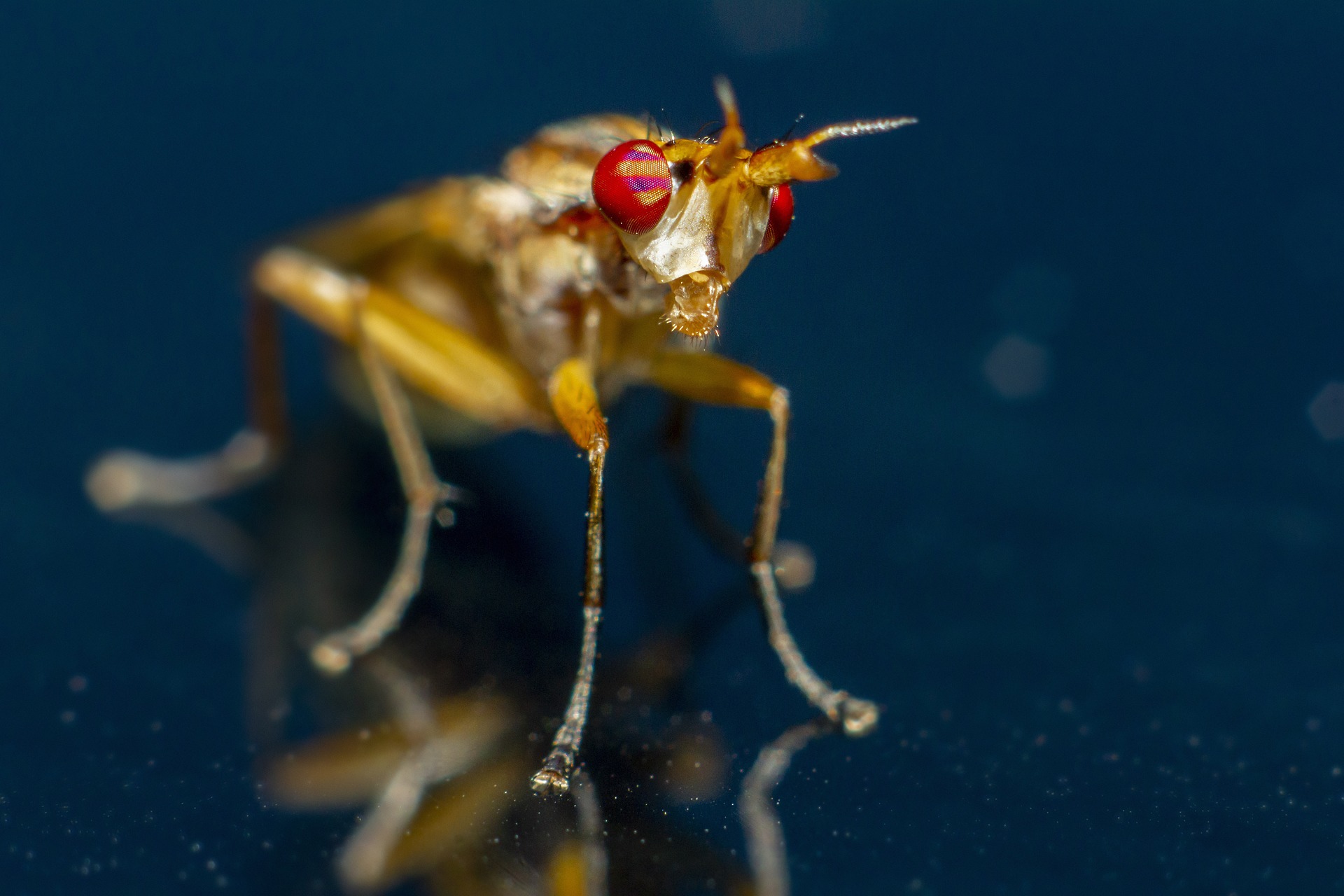Limnia unguicornis is a species of marsh fly belonging to the family Sciomyzidae. This family of flies is known for their larvae that are predators or parasitoids of mollusks, primarily snails and slugs. Here is an overview of Limnia unguicornis:
Appearance
- Size: Adult flies are relatively small, usually measuring around 5 to 7 millimeters in length.
- Coloration: They generally have a brownish or grayish coloration with a somewhat glossy thorax and abdomen. Their coloration helps them blend into their marshy habitats.
- Wings: The wings are clear or slightly smoky with a characteristic venation pattern typical of Sciomyzidae.
- Antennae: They possess distinctive antennae, with one segment often elongated and shaped like a claw, which gives the species its name “unguicornis” (meaning “claw-horned”).
Habitat
- Preferred Habitats: Limnia unguicornis is typically found in wetland habitats, such as marshes, bogs, and along the edges of ponds and streams. These environments provide the necessary moisture and abundant prey for their larvae.
- Geographic Range: This species is found in various regions across Europe and North America, thriving in areas with suitable wetland habitats.
Behavior
- Feeding: Adult flies feed on nectar, honeydew, and other sugary substances. They are often seen resting on vegetation in wetland areas.
- Larval Feeding: The larvae of Limnia unguicornis are predatory, primarily targeting aquatic or semi-aquatic snails. They enter the snail’s shell and consume the soft tissues, making them important biological control agents in managing snail populations.
- Lifecycle: The lifecycle includes egg, larval, pupal, and adult stages. Females lay eggs near or on their snail hosts, and upon hatching, the larvae immediately begin their predatory activities.
Ecological Role
- Biological Control: The predatory nature of the larvae makes them valuable in controlling snail populations, which can be agricultural pests or intermediate hosts for parasitic diseases.
- Indicator Species: The presence of Limnia unguicornis can indicate healthy wetland ecosystems, as they require specific environmental conditions and a stable prey population.
Interesting Facts
- Predatory Behavior: The larvae are highly specialized predators, and their behavior includes entering the snail shells and consuming them from within, a unique adaptation among flies.
- Adaptation to Wetlands: The species has evolved to thrive in wetland environments, relying on the moisture and the presence of snails for their development.
Identification Tips
- Antennae Shape: The claw-shaped antennae segment is a distinctive feature that aids in the identification of Limnia unguicornis.
- Habitat: Observing their presence in wetland or marshy areas can help in identifying this species.
- Wing Venation: The characteristic wing venation pattern can also be used to distinguish them from other similar flies.
In summary, Limnia unguicornis is a marsh fly species known for its predatory larvae that feed on snails. They inhabit wetland environments and play a crucial role in controlling snail populations, contributing to the health and balance of their ecosystems. Their unique adaptations and behaviors make them an interesting subject of study in entomology and ecology.
Visited 920 times, 5 visit(s) today
Views: 1503
Subscribe to the newsletter:
